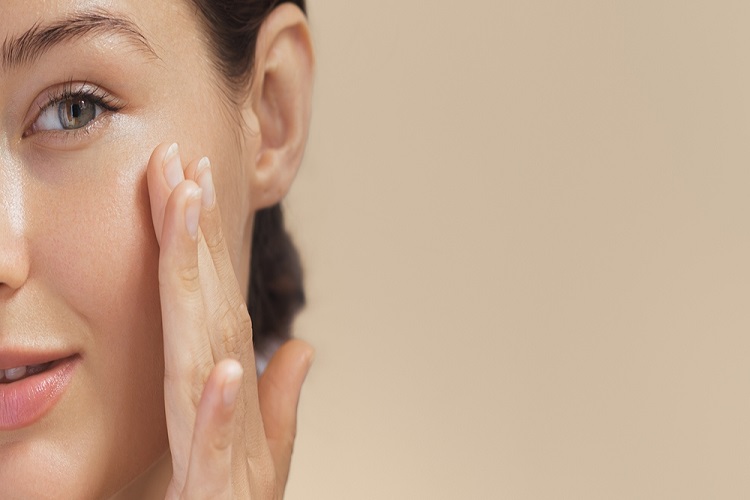The rush to legalize medical and recreational use marijuana has brought a drug humanity has known about for centuries to the forefront. Politicians and bureaucrats debate the merits of marijuana as a medical product. Meanwhile, the medical community itself is split over the efficacy of CBD, THC, and other cannabinoids. Underscoring all of it is the very legitimate question of whether or not there is a ‘safest’ way to consume cannabis.
Cannabis advocates would argue that the plant can be used safely. However, ‘safe’ is a relative term. Some cannabis delivery methods are undoubtedly safer than others. But we still don’t know enough about cannabinoids to really know how safe they are for long-term use.
We have plenty of anecdotal evidence, for sure. All across the country there are baby boomers still alive and kicking despite having used cannabis their entire adult lives. It is reasonable to believe that long-term cannabis use isn’t as dangerous as long-term opioid use.
Table of Contents
1. The Difference in Cannabinoids
In our search for the safest delivery method, we have to start by talking about cannabinoids. The cannabis plant contains more than a hundred of them, along with terpenes, vitamins and minerals, and other compounds. Are all of those substances safe for human consumption? Moreover, are all of the cannabinoids risk-free to humans?
Science has already found some evidence suggesting that THC is not good for still developing adolescent brains. That is enough to raise a red flag about safety. It is why so many states with recreational and medical cannabis programs still limit those programs to adults, except for specific medical cases involving minors.
2. Different Delivery Methods
When it comes to cannabis and safety, the bigger question is delivery method. Some states with medical cannabis programs do not allow their residents to smoke the flower. Utah is one of them. You can go into the Pure Utah cannabis dispensary in Payson to buy flower, but you cannot legally smoke it. You can only dry heat it or use it as an ingredient in your own edibles.
States that don’t allow smoking cannabis have taken that position due to the known dangers of smoking. Most of the states do allow vaping, based on the understanding that the practice is a safer than smoking. And yet, even vaping is questionable. The 2019 popcorn lung outbreak, tied to vitamin E acetate in vape cartridges, is proof of that.
So what other delivery methods are there? You have edibles, capsules and tablets, topical lotions and creams, tinctures, and oils. All seem to be safer than either vaping or smoking. With the exception of tinctures, none of these other delivery methods work as quickly as smoking or vaping, which may be why they are not as popular.
3. So Much More to Learn
It is unfair to label cannabis unsafe based on a comparatively small number of problems we have seen over the years. On the other hand, it’s also inappropriate to declare cannabis completely safe without sufficient scientific evidence to prove it. The reality is that there is so much more to learn before any definitive conclusions can be reached.
In the meantime, millions of people are asking whether or not there is a safest way to consume cannabis. Whether they are recreational or medical users, they all have to decide for themselves which cannabinoids they want to use and how they will consume them.
In the end, it might turn out that pure, unadulterated cannabis is harmless to human beings. Then again, we might discover that it’s not. Until then, it behooves us to be cautious about cannabis consumption.










Comments